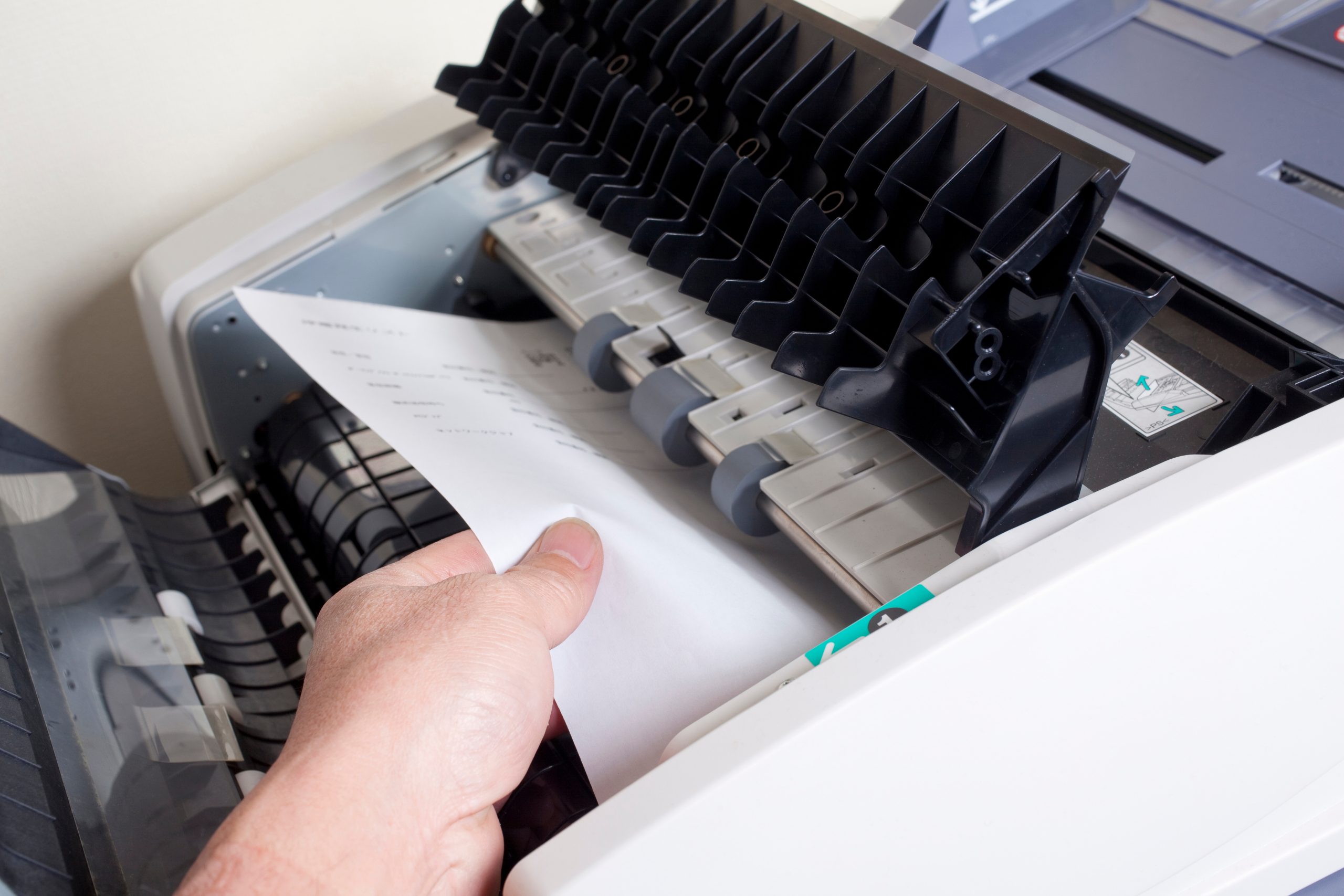A fake coupon can be more than just a waste of your time; it can be a gateway to a larger scam. Criminals will create and distribute fraudulent coupons to steal your personal information or to sell you a counterfeit product. The Coupon Information Corporation (CIC) warns that knowingly using a counterfeit coupon is a crime that can get you into serious trouble. By learning to spot the tell-tale signs of a fake, you can protect yourself and your favorite stores from these common scams.

1. The Deal Is Too Good to Be True
This is the number one red flag for any scam. A legitimate manufacturer will rarely, if ever, offer a coupon for a completely free product with no other purchase required. They will also not offer a coupon for an absurdly high value, like “$20 off a single bag of dog food.” If the deal seems too good to be true, it is almost certainly a fake.
2. It Does Not Have an Expiration Date
A real coupon will always have a clear and specific expiration date. A fraudulent coupon, on the other hand, will often have no expiration date at all. The scammer does this to try to make the coupon last as long as possible. A lack of an expiration date is a clear sign that the coupon is not a legitimate offer from the brand.
3. The Barcode Will Not Scan
Legitimate coupons have a unique and complex barcode that is designed to work with a store’s checkout system. A fake coupon will often have a barcode that is blurry, poorly printed, or simply does not scan. If a cashier has to manually enter the code for a printed coupon, it can be a sign that the coupon is not authentic.
4. It Is a Photocopy

You should never use a photocopy of a coupon. A real, printable coupon will have a unique identifier and a message that says, “do not duplicate.” A blurry, low-quality, or black-and-white printout is a major red flag for both the shopper and the cashier. Knowingly using a photocopied coupon is a form of fraud.
5. The Brand’s Logo Looks “Off”
Scammers will often do a poor job of replicating a brand’s official logo. The logo on a fake coupon might be pixelated, have the wrong colors, or use an outdated design. If the overall look of the coupon seems unprofessional or “off” in any way, you should be very suspicious of its authenticity.
6. The Coupon Has Vague or Generic Terms
A real coupon will have very specific and detailed terms and conditions. It will specify the exact product, size, and variety that the discount applies to. A fake coupon will often have very vague or generic terms. It might say something like “Good for any product from this brand,” which is a type of offer that a real company will rarely make.
7. It Is for a “Free” High-Value Item
A very common online scam is a coupon that promises a free, high-value item, like a free iPad or a free shopping spree at a major retailer. These are almost always a phishing scam. They are designed to get you to click on a malicious link or to give up your personal and financial information. A legitimate company will never give away a high-value item in this way.
8. It Is Sold in a “Clipper Service”
A “coupon clipper” service that sells a huge number of high-value coupons for a small fee is almost always a scam. These services often sell counterfeit or stolen coupons. The CIC warns that you should never, ever pay for a coupon. A legitimate coupon is always free to the consumer.
9. The Barcode Has No “GS1 DataBar”
A modern, legitimate coupon will have a specific type of barcode known as the GS1 DataBar. This barcode is more complex than a standard UPC. It contains more information about the specific offer. If a printed coupon has a simple, old-fashioned barcode, it is a sign that it may not be a current or a valid offer.
The Smart and Safe Saver
The world of couponing can be a great way to save money, but it is also a world that is filled with potential scams and pitfalls. The best way to protect yourself is to be a skeptical and informed consumer. You should only get your coupons from trusted and legitimate sources. This includes the Sunday newspaper, the brand’s own website, and your store’s digital app. A little bit of caution can ensure that your bargain-hunting is always a safe and legal activity.
Have you ever come across a coupon that you suspected was a fake? What are some of the other red flags that you look for? Share your tips in the comments!
What to Read Next
- Is It Still Possible to Get Coupons in the Mail?
- What Are Catalina Coupons (a.k.a. Checkout Coupons/CATs)?
- The 5 Most Overlooked Coupon Codes for Online Grocery Shopping
- 8 Reasons You Should Always Check Your Receipt—Even If You Used Coupons
- The 8 Worst Places to Use a Coupon
The post 9 Ways to Spot a Fake Coupon appeared first on Grocery Coupon Guide.







